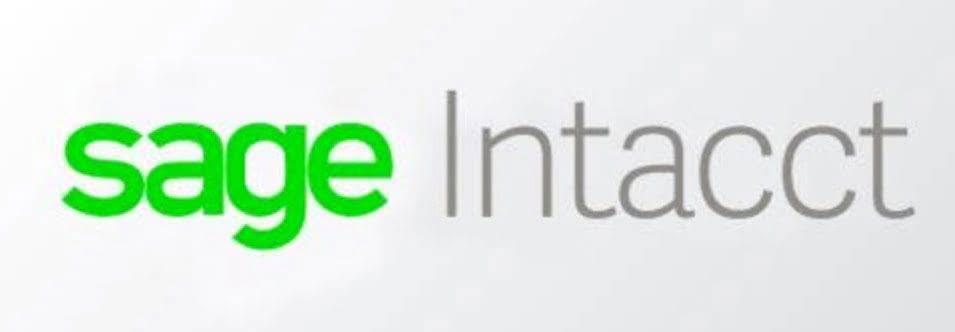
US GAAP requires that all R&D is expensed, with specific exceptions for capitalized software costs and motion picture development. While IFRS also expenses research costs, IFRS allows the capitalization of development costs as accounting for research and development long as certain criteria are met. Whether a company reports under US GAAP vs IFRS can also affect whether or not an item is recognized as an asset, liability, revenue, or expense, as well as how certain items are classified.

This should be infrequent and reserved for items that justify a prominence greater than that achieved by separate presentation and disclosure – e.g. a natural disaster. Those items should also be classified by nature or function, in the same way as usual or non-exceptional amounts. Lastly, companies should provide an explanation of the nature of the amount and why the item has been classified in this manner. Imagine a startup company that throughout the year generates $300,000 in revenue and incurs $240,000 in operating expenses.
Asset revaluation
Learn financial statement modeling, DCF, M&A, LBO, Comps and Excel shortcuts. The updated standard helped ensure that the accounting guidelines would better match the underlying economics of new business models and products. The Revenue Recognition Standard, effective 2018, was a joint project between the FASB and IASB with near-complete convergence. It provided a broad conceptual framework using a five-step process for considering contracts with customers and recognizing revenue. Despite the many differences, there are meaningful similarities as evidenced in recent accounting rule changes by both US GAAP and IFRS. Referred to as ‘Provisions’ under IFRS, contingent liabilities refer to liabilities for which the likelihood and amount of the settlement are contingent upon a future and unresolved event.
- What we will dive into are the type of expenses that create value for years to come, typically referred to as capital expenditures (CapEx) or capitalized expenses.
- SEC regulations prescribe expense classification requirements, unlike IFRS.
- The other distinction between IFRS and GAAP is how they assess the accounting processes – i.e., whether they are based on fixed rules or principles that allow some space for interpretations.
- Reporting differences with respect to the process and amount by which we value an item on the financial statements also applies to inventory, fixed assets and intangible assets.
- G&A expenses include rent, utilities, insurance, legal fees, and certain salaries.
- However, unlike US GAAP, IFRS has broad-based guidance that requires companies to capitalize development expenditures, including internal costs, when certain criteria are met.
Let’s dive into how it’s affecting companies and why it’s got some people in the business world feeling pretty heated. Imagine your business purchases a software license or develops a new software program for internal use, costing a significant amount of money. Software, being something you cannot physically touch but providing value to your business, as we know is considered an intangible asset. Tangible assets in research and development could include physical items like laboratory equipment, machinery, or computers used in the research activities. When you have a research and development department, many of its expenses go into the day-to-day running of it, also known as operational expenses (OpEx). These expenses include things like paying salaries to employees, renting a lab space, buying supplies, and paying for utilities.
GAAP vs. IFRS: What’s the Difference?
Not surprisingly, the expansive nature of this kind of work requires that corporate tax departments do their best to leverage technology to ensure proper compliance with the tax code. The are two main sets of accounting standards that most businesses follow. One is GAAP and the other is IFRS (International Financial Reporting Standards). There are some similarities between GAAP and IFRS; however, there are several key differences that should not be overlooked. Systems of accounting, or accounting standards, are guidelines and regulations issued by governing bodies.

Not sure where to start when it comes to managing your general and administrative costs? For the least important expenses, see where you can slash or eliminate costs. Download our FREE whitepaper, Use Financial Statements to Assess the Health of Your Business, to learn about the main financial statements and how to use them.
How expenses can turn into assets?
IFRS does not describe events or items of income or expense as ‘unusual’ or ‘exceptional’. However, the presentation, disclosure or characterization of https://www.bookstime.com/ an item as extraordinary is prohibited. Unlike IFRS, US GAAP has no requirement for expenses to be classified according to their nature or function.
The rules of GAAP do not allow for an asset’s value to be written back up after it’s been impaired. IFRS standards, however, permit that certain assets can be revaluated up to their original cost and adjusted for depreciation. The way a balance sheet
is formatted is different in the US than in other countries. Under GAAP, current assets are listed first, while a sheet prepared under IFRS begins with non-current assets.